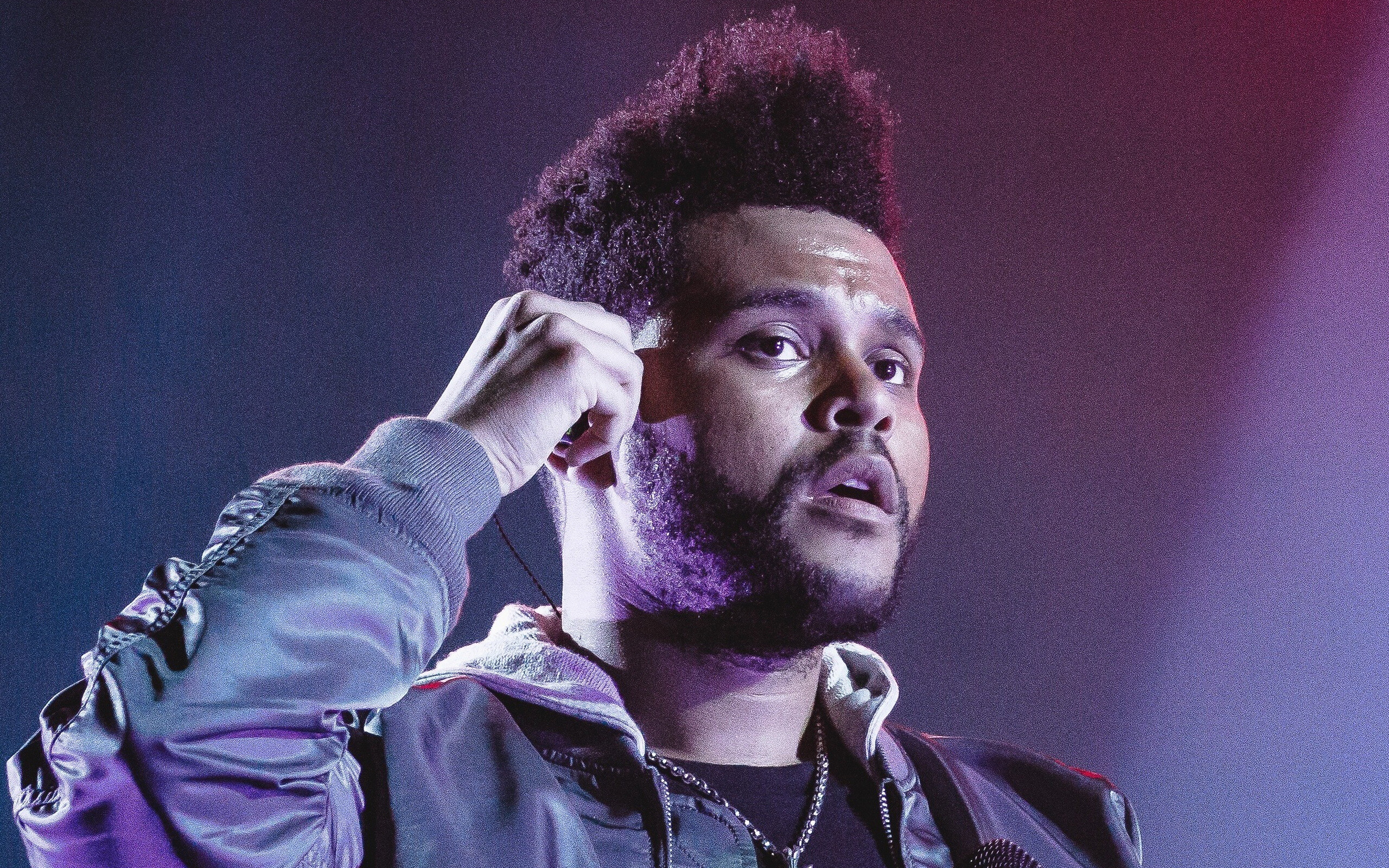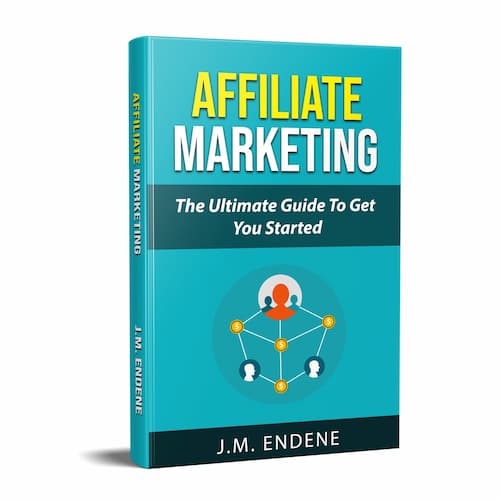- Home
- The Weeknd Net Worth
The Weeknd Net Worth Startling The Industry
The Weeknd net worth and wealth-building journey literally rose from the shadows into a billion-dollar brand.
When talking about The Weeknd’s net worth and wealth-building journey, one thing stands out:
Abel Tesfaye, the man behind the artist, didn’t follow the industry. He rewired it, tripling his wealth from $200 million to $600 millions in 4 years.

Disclosure: We recommend products we believe to be suited for our own use and for our readers. We may earn a small commission at no additional cost to you through purchases made via affiliate links on this page.
From uploading anonymous songs on YouTube to creating one of the most powerful artist brands on the planet, The Weeknd’s rise is a masterclass in owning your art, your image, and your empire.
He’s the rare artist who blurred the line between mystery and marketing, turning heartbreak and reinvention into a billion-dollar business phenomenon.
This is the story of how The Weeknd built wealth by mastering control of sound, story, and self.
Chapter 1: From Scarborough to Stardom — The Rise of a Phantom
Born in 1990 to Ethiopian immigrant parents in Toronto, Abel Tesfaye grew up in modest circumstances. He dropped out of high school at 17, left home, and began recording in small apartments with borrowed gear and big dreams.
In 2010, he anonymously uploaded three haunting tracks to YouTube. No name. No photo. No label. Just emotion in its rawest form.
The mystery exploded. Music blogs scrambled to identify the voice behind House of Balloons. By the time he revealed himself, The Weeknd had become a brand built on curiosity.
Wealth-Building Lesson 1
In a world obsessed with exposure, mystery is a marketing strategy. Scarcity breeds demand.
If you’re familiar with the way Michael Jackson craftily avoided public or media overexposure, you get this point.
Speaking of Michael Jackson, The Weeknd’s admitted inspiration and similarities with his idol’s vocal sound cannot be discounted as the initial appeal and curiosity that catapulted his first major airing into stratospheric success.
Chapter 2: Building a Movement, Not Just a Mixtape
When House of Balloons dropped officially in 2011, it wasn’t just a mixtape; it was an aesthetic revolution. The Weeknd’s dark, cinematic sound redefined R&B and influenced a generation.
Drake championed him early, helping introduce his sound to global audiences. However, instead of signing away control, Tesfaye built XO, his own label and creative collective.
That decision—one of his earliest and smartest—laid the foundation for his fortune.
XO became more than a record label. It became a brand platform, housing music, merchandising, and creative direction. It’s still the core of The Weeknd net worth.
Wealth-Building Lesson 2
Build your own platform before someone offers to house it for you.
Chapter 3: The Business of Emotion: Turning Feelings into Assets
The Weeknd didn’t just sell songs; he sold atmosphere. His music became the sonic DNA of a generation: moody, nocturnal, immersive.
Hollywood noticed. “Earned It” landed on the Fifty Shades of Grey soundtrack, earning him his first Oscar nomination. Then came Starboy (with Daft Punk), After Hours, and Blinding Lights, which became the most-streamed song in Spotify history.
But behind the sound was a business machine. Every track, video, and tour was part of a meticulously coordinated brand cycle of:
- Tour
→ Merch → Limited Drops → Streaming Boost → Visual Universe.
Each era funded the next, like a self-reinvesting startup.
Tour → Merch
The Weeknd's massive, spectacle-driven tours, such as the After Hours ‘til Dawn tour, serve as a primary engine for the entire ecosystem.
Merch → Limited drops
The success of tour merchandise cultivated a dedicated and engaged fanbase, which set the stage for more exclusive and high-end offerings, fueled by scarcity and hype.
Limited drops → Streaming boost
The constant cycle of merch releases and strategic brand collaborations keeps The Weeknd's name and creative output in the public consciousness, driving engagement.
That’s how he became the first artist to surpass 100 million monthly.
Streaming boost → Visual universe
The massive revenue from tours, merch, and streaming provide the financial resources to create increasingly complex and cinematic visuals.
The capital is reinvested into creatively building a sprawling visual universe that tells a cohesive story across music videos, award show performances, and short films.
Visual universe → Tour
The creation of a visual universe closes the feedback loop where the visuals serve as compelling marketing material for the tours, building a richer, more immersive experience for fans.
The next tour's elaborate show and stage production ensures each new era feels fresh and grand, attracting larger audiences and continuing the cycle of self-funded, self-sustaining growth.
Wealth-Building Lesson 3
The product is temporary, but the brand emotion is built to endure and to last.
Chapter 4: The XO Empire: Control, Creativity, and Cash Flow
While many artists rely on labels for structure, The Weeknd built his own. XO operates as a vertically integrated company: that is label, creative agency, merchandise hub all under one roof.
Through a strategic distribution partnership with Republic Records, The Weeknd net worth was aided as he gained global reach while retaining ownership of his masters; a rarity in the music business.
His close circle, including manager Amir “Cash” Esmailian and creative director La Mar Taylor, remains consistent. Together, they’ve turned XO into one of the most efficient artist-run businesses in entertainment.
At its peak, The After Hours Tour grossed over $350 million, one of the highest of any solo artist.
Wealth-Building Lesson 4
True leverage is when you control your content, your contracts, and your circle.
Chapter 5: Brand Deals and Strategic Collaborations
The Weeknd’s partnerships reveal a pattern: alignment over exposure. Every collaboration fits his dark-luxury aesthetic and reinforces the XO brand identity.
Some of the biggest include:
- Puma x XO — blending streetwear and high fashion.
- H&M and BAPE — limited runs that sold out in hours.
- Beats by Dre and Apple Music — sound meets status.
- Mercedes-Benz, Binance, and HBO — culture meets technology.
Even his Super Bowl LV Halftime Show in 2021 wasn’t just a performance; it was a $7 million self-funded commercial for The Weeknd brand.
Wealth-Building Lesson 5
When you invest in yourself, even your marketing becomes an asset, more so than just an expense.
Chapter 6: Beyond Music: Acting, Tech, and Investments
The Weeknd has begun stepping behind the camera and also into the boardroom. He co-wrote and starred in HBO’s The Idol, produced music for major films, and appeared in Uncut Gems with Adam Sandler.
In addition, he’s an early investor in digital assets, NFTs, and tech partnerships, including Binance for blockchain-based fan experiences.
His growing portfolio includes:
- Equity in Universal Music Group collaborations.
- Real estate holdings in Los Angeles and Toronto.
- Intellectual property rights through XO’s publishing arm.
Wealth-Building Lesson 6
When you own the IP, (Intellectual Property), every future format pays you twice: once now, and once again later.
Chapter 7: Purpose, Philanthropy, and Redefining Legacy
Despite enormous success, Abel Tesfaye remains grounded in purpose.
He’s donated millions to humanitarian causes through the UN World Food Programme, supported Ethiopian relief efforts, and funded education and health projects globally, pledged over $3 million to pandemic relief and humanitarian programs.
For Tesfaye, giving back isn’t charity. It’s continuity. The same discipline he applied to his art flows into his philanthropy: consistent, intentional, strategic.
Wealth-Building Lesson 7
Real wealth sustains communities and bolsters influence, not just portfolios.
What You Can Learn from The Weeknd Net Worth and Wealth Journey
- Turn
Authenticity into Advantage.
The Weeknd’s vulnerability became his value proposition. He turned anonymity into mystery, mystery into curiosity, and curiosity into real demand. - Protect
Your Creative Rights.
Ownership isn’t about ego. It’s about tangible equity that produces value. - Diversify
into Aligned Ventures.
Every collaboration strategically reinforces the Weeknd’s net worth, revenue streams and brand identity. - Think
Long-Term Like a Founder.
For The Weeknd, each album cycle is a product launch with built-in continuity; not an over-and-done moment. - Use
Success as a Platform for Purpose.
Philanthropy and influence are complementary as part of the same legacy of growth.
In Closing
The Weeknd’s story isn’t just about his music, it’s about mastering leverage. From self-funded releases to billion-stream anthems, he turned artistic control into a business empire.
From a nameless voice in the dark, now his brand lights up every industry it touches.
The lesson? Wealth isn’t built in the spotlight, it’s in the systems you build to run it.
Abel Tesfaye’s empire proves what can be achieved as he continues to simply but methodically brew his billion-dollar mix.
Start Making Money
with Affiliate Marketing!
Quality Affiliate Programs
Recent Articles
-
The Weeknd Net Worth aiming for a Billion
Learn about The Weeknd Net Worth journey, and how Abel Tesfaye quietly built a billion-dollar brand. -
Personal Finance Tips: Your Financial North Star
Personal finance tips on how a financial North Star can help you be more successful. -
The Ashton Kutcher Net Worth Story
How the Ashton Kutcher net worth of today defines his comeback kid story.


















